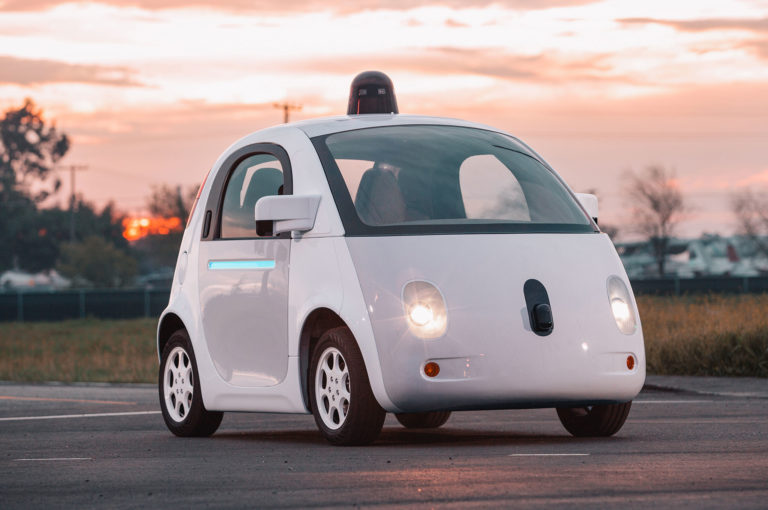Image Source: [Motor Trend]
By being able to see and hear (and to a lesser extent, feel) elements of our environment, we are able to navigate around in it without bumping into dangerous things, falling off precipitous heights or getting ourselves into myriad other forms of harmful situations.
So our primary senses for navigation are sight and sound, although visually impaired people are able to turn their other senses to the purpose of navigation. It would be a dull life indeed, however, if moving around were the only purpose of our senses, and touch, taste and smell work to make our experience of the world the wonderfully immersive experience that it is.
The five primary senses are not the whole story however. There are other senses such as vestibular senses (balance and acceleration), themoception (heat/cold), proprioception (kinetic/movement) and nociception (pain).
The inner ear provides us with vestibular senses that allow us to perceive acceleration in the three axes as well as the angle our heads are at relative to the horizontal. Of course we are all familiar with the nausea that comes from confusion between the vestibular senses and sight – an experience we get when on a merry-go-round for example.
Nociception typically works as a warning system causing pain when things are not as they should be. Nociceptors are able to report injuries due to temperature, pressure and chemicals, and are found in the gut, the skin, the mucosa and corneas. There are no nociceptors in the brain which is why the brain doesn’t feel pain.
Sight, Sound, and Magic?
The development of the autonomous car by Google seems at first glance almost to be a feat of magic. Journalists are awed by the experience of taking their hands off the steering wheel and allowing he car’s automation to take over. Autonomous cars are proving themselves to be far safer than their human piloted counterparts — as a recent Youtube video demonstrated, showing just how good the predictive software in the Tesla autopilot is by braking to avoid a collision that had not even happened yet.
So how does the Google car and its autonomous driving ilk perform these feats of magic? The “magic” is a combination of clever software and some well placed sensors.
The sensors in the Google car share a lot of similarities with human senses, although there are also many differences. Over the next few weeks, we’ll be posting more about the sensor technology that is used to perform the magic that is the autonomous vehicle.





Comments are closed.